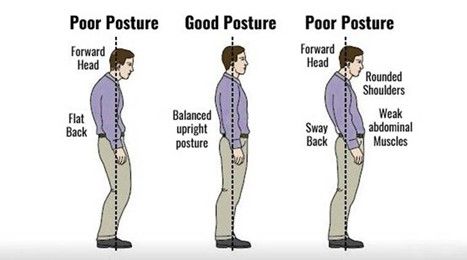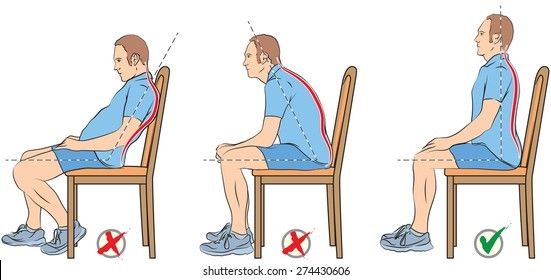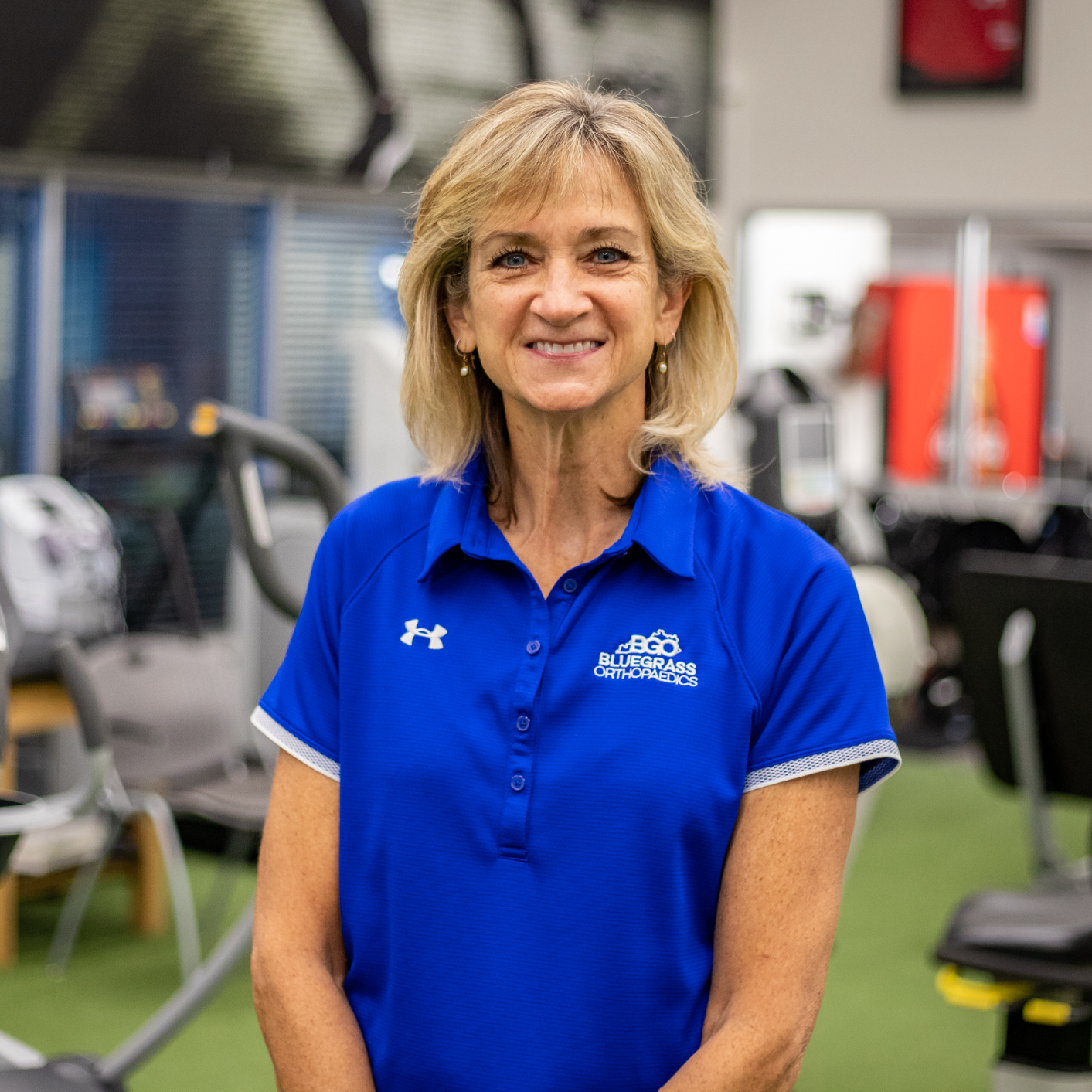Remember your mother saying "Stand up straight. Don't slouch!" As with many
other things she told you, she was spot on with this advice. The power of our posture is remarkable. When we align our bodies, weight is centered
directly through our core and down to our feet, minimizing the powerful forces
that gravity produces to work against us.
While not all neck and back issues are posture related, the sheer volume
of neck and back problems that occur without a specific incidence of injury,
suggests that many are and can be prevented.
Up to 80% of the population will suffer from low back pain and up to 70%
of the population will suffer from chronic neck pain in their lifetimes.
What constitutes "good" posture?
In standing, from a frontal view, the weight should be
evenly distributed through both feet, knee creases, hip height and shoulder
height should be roughly the same right to left. From a side view, the three spinal curves
should balance to form a straight plumb line that passes from the ears, through
the shoulders, the center of the hip joint and ankle joint and slightly behind
the knee. What are the three spinal
curves?
- Cervical (neck): It consists of 7 vertebrae and curves in (toward the body).
- Thoracic (mid-back): It consists of 12 vertebrae and curves out (away from the body.
- Lumbar (low back): It consists of 5 vertebrae and curves in. (There is a 4th curve from our sacrum that, like the thoracic, curves away from the body.

When our bodies are in perfect postural alignment, these
curves balance each other to form a straight plumb line. This minimizes the muscle tension required to
hold us upright, reducing strain to ligaments and other structures such as
intervertebral discs.
These postural principles are the same for sitting as
standing. We tend to get in more trouble with long periods of sitting because a
soft chair or slouched position quickly takes our 3 curves out of alignment. The longer we drive, do computer work, watch
TV, stare at our phones, the more we tend to protrude the head and neck forward
and round through our low backs.

How does being injured contribute to poor posture?
When something hurts, we tend to "hunker down" into the
pain. If you've had shoulder surgery and
are wearing a sling, the head and neck naturally want to jut forward, the
shoulders want to round to protect the shoulder from pain. Something as simple as being mindful of
neutral posture, can return the cervical and thoracic curves to neutral
alignment, removing undue tension on those structures AND the shoulder that
you're "hunkering down" to protect.
If you have had lower extremity surgery and are using
crutches or a walker, the tendency to lean over the walker/crutches and let
your hips get behind the neutral line is a natural response. Remembering that your power comes from your
posture (pulling your hips forward to neutral and restoring the lumbar curve)
not only lessens the muscle work required for you to walk but may also lessen
your surgical pain as well.
Good posture means:
- Chin "tucked" - eyes front, no nodding, ears over shoulders.
- Shoulder blades back and pulled down - not "pinched".
- Pelvis "tucked" - abdominal muscles "braced", glutes (buttocks) muscles engaged, no "bearing down" (you should be able to breathe while holding neutral).
- Knees even and pointed straight ahead.
- Body weight evenly distributed through both feet.
- The same principles apply in sitting. For more information on specific exercises to build good postural control, talk with your therapist.
For more information on good postural control exercises,
talk with your therapist.
About the author:

